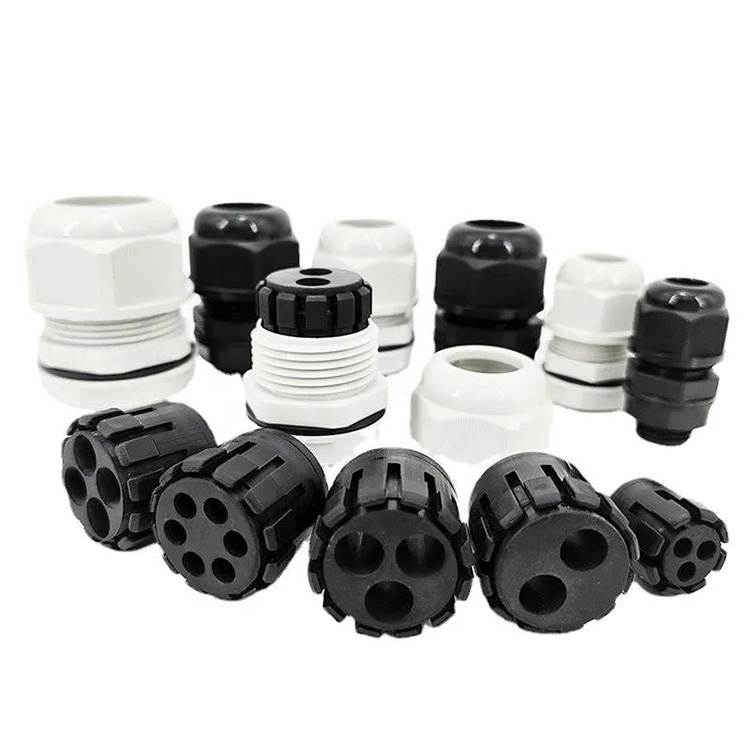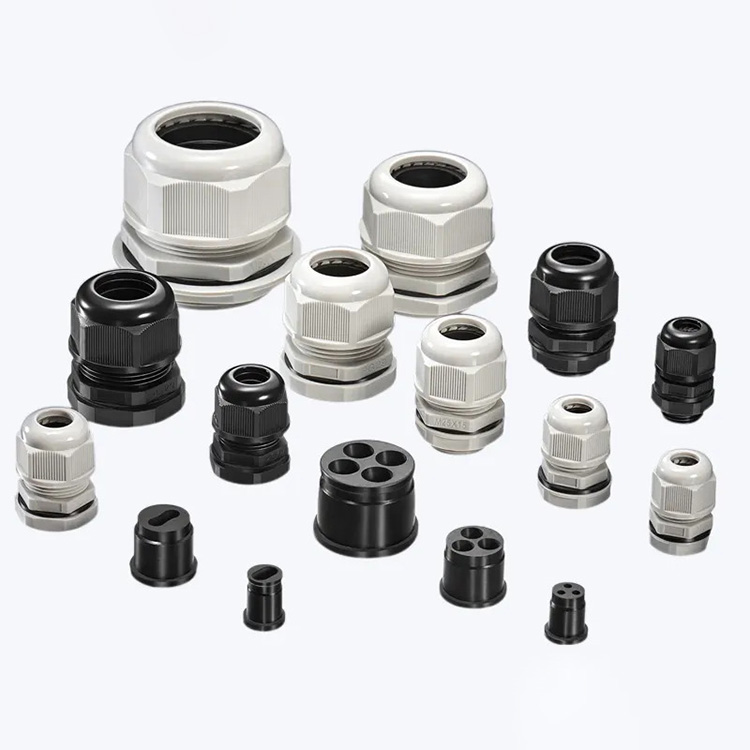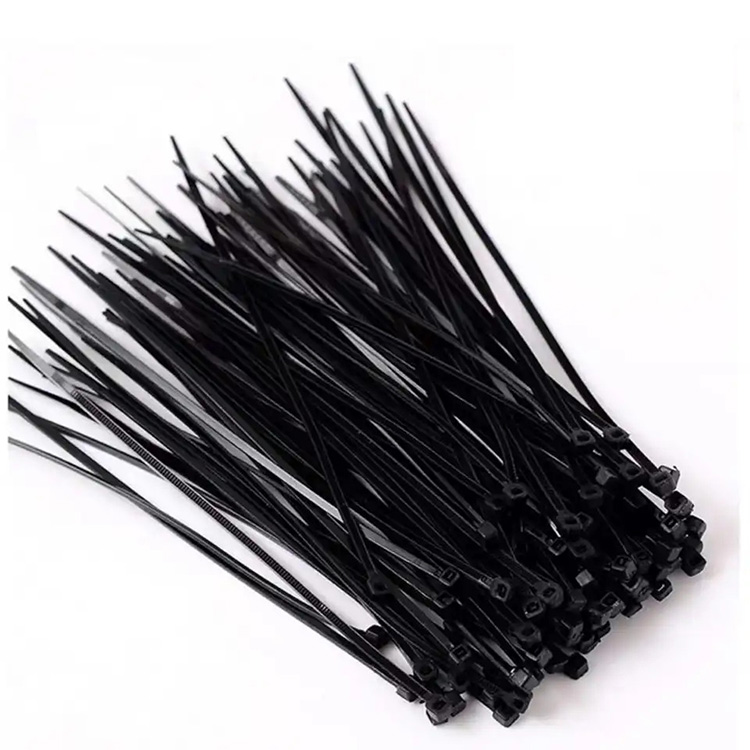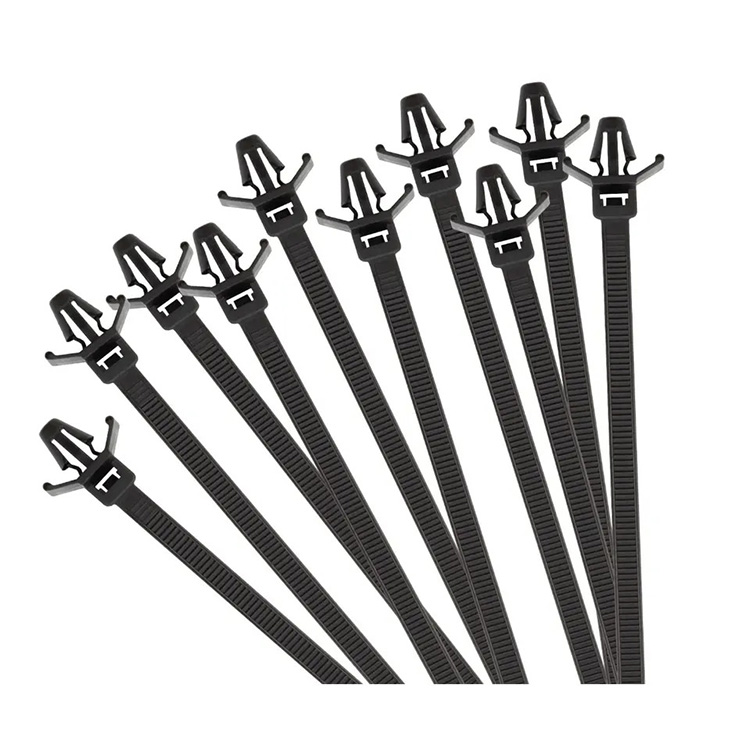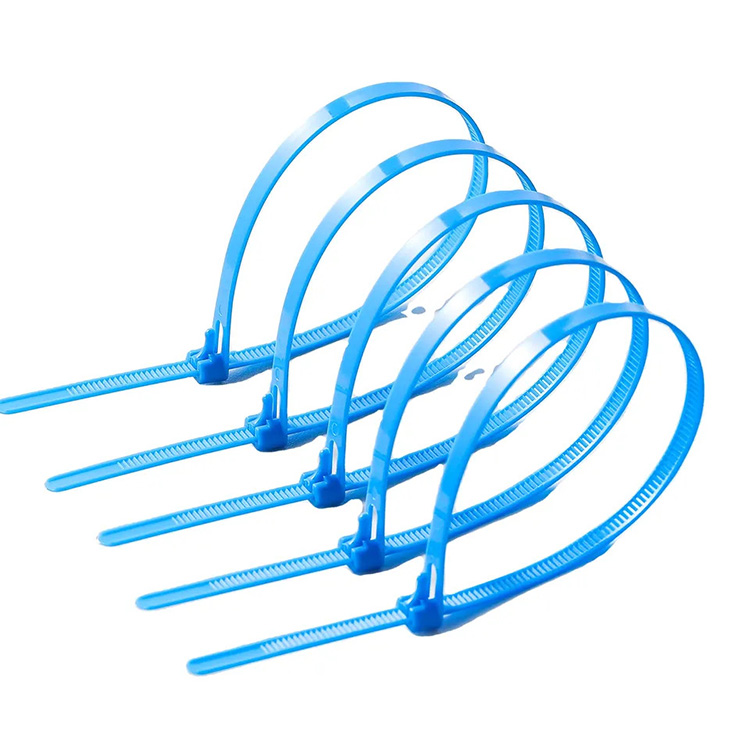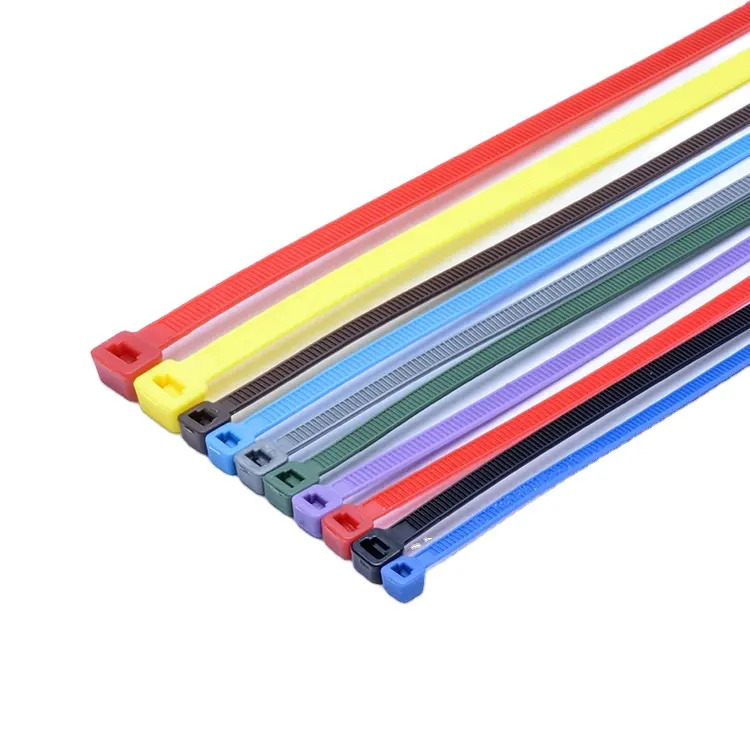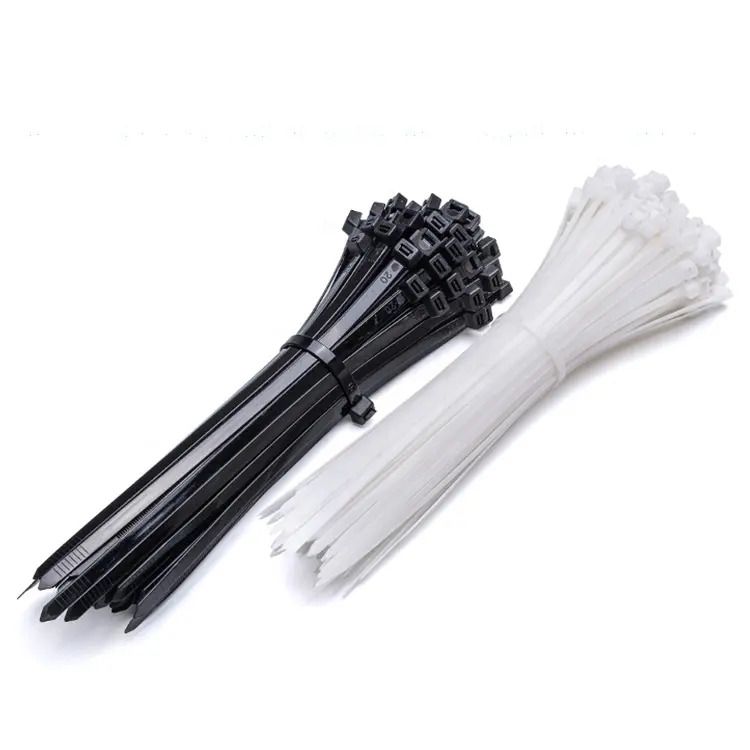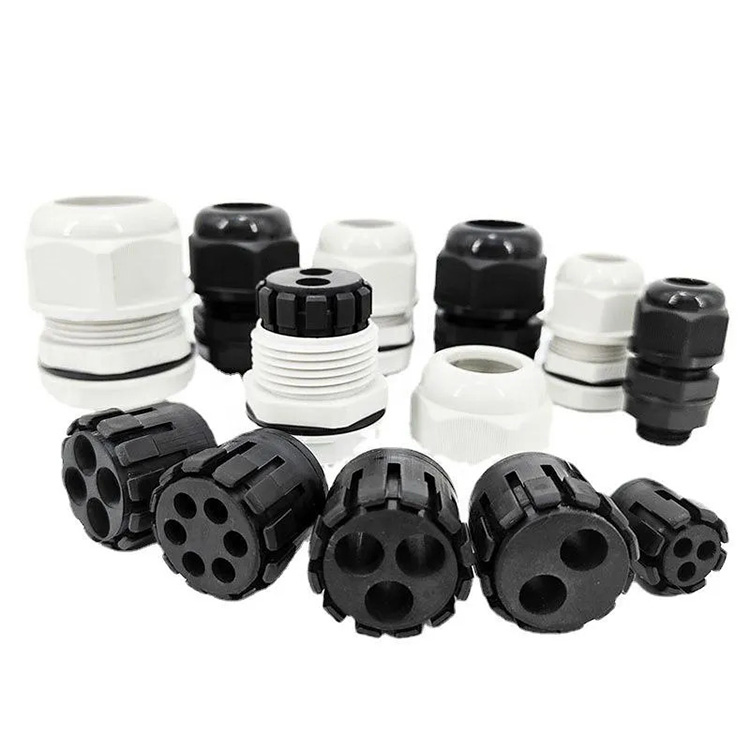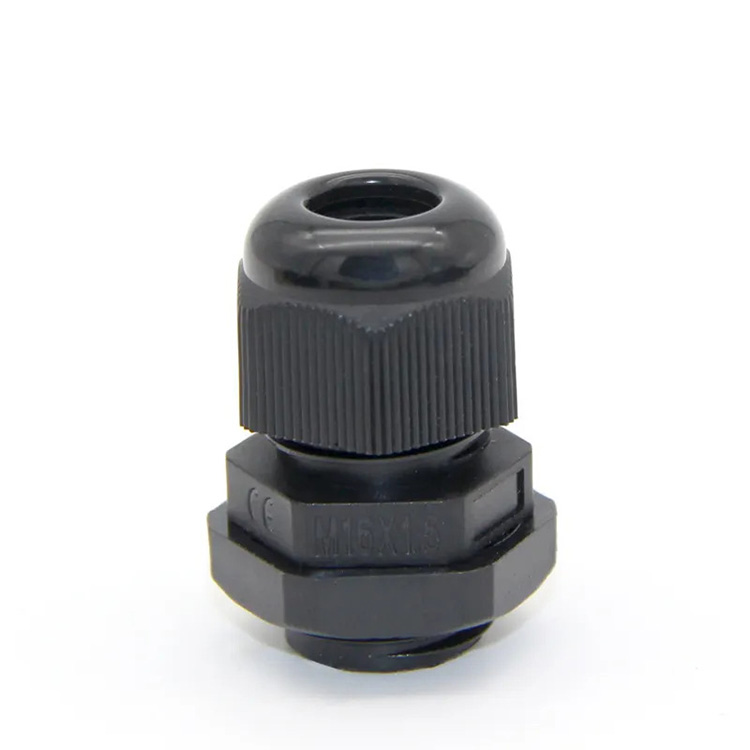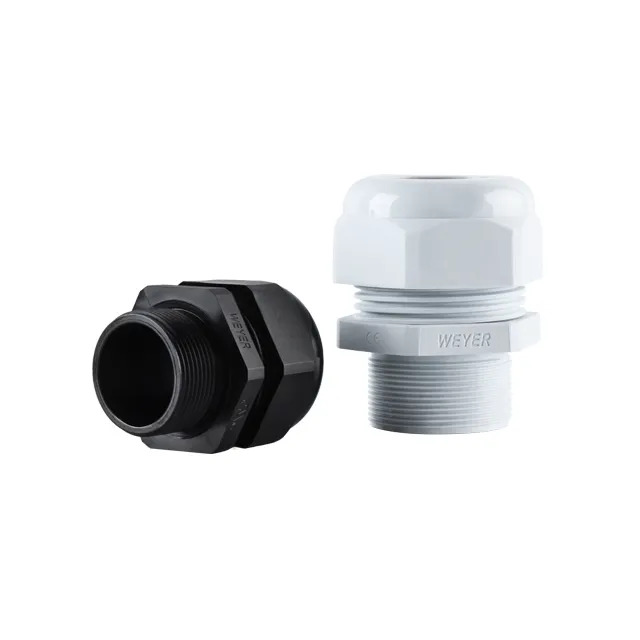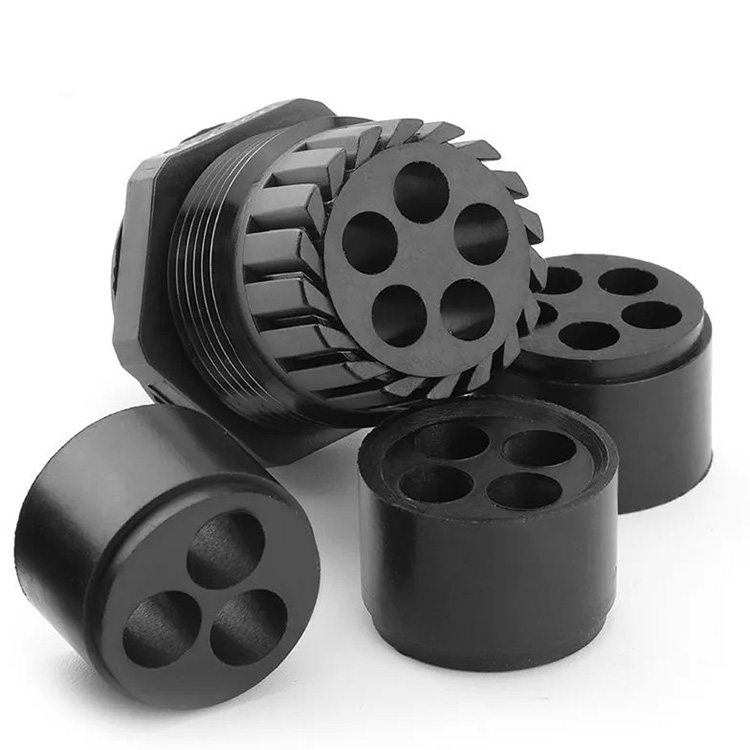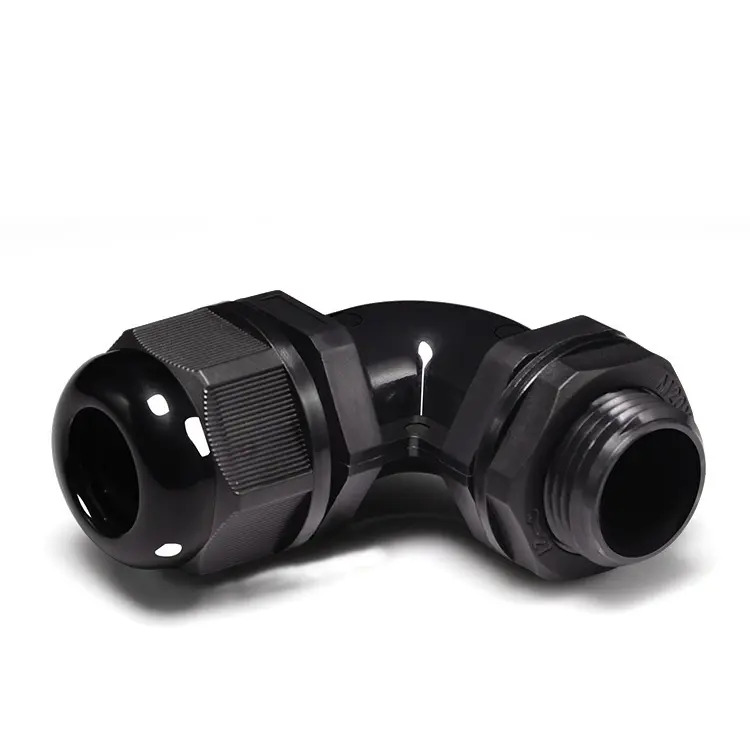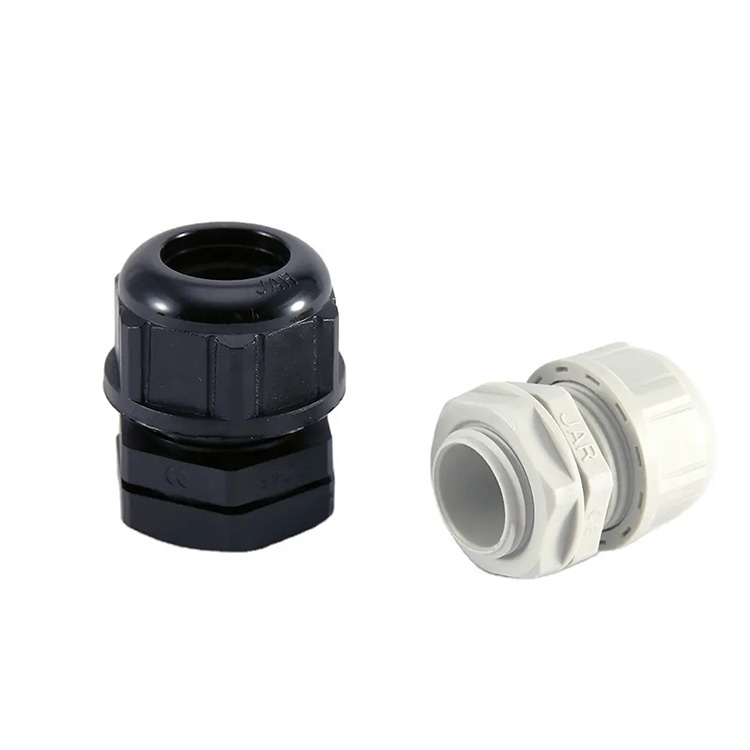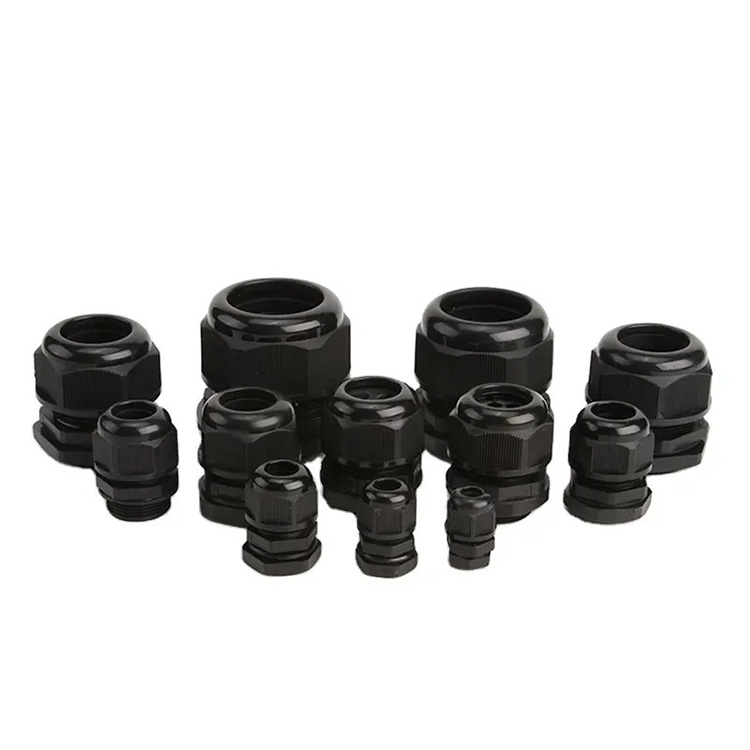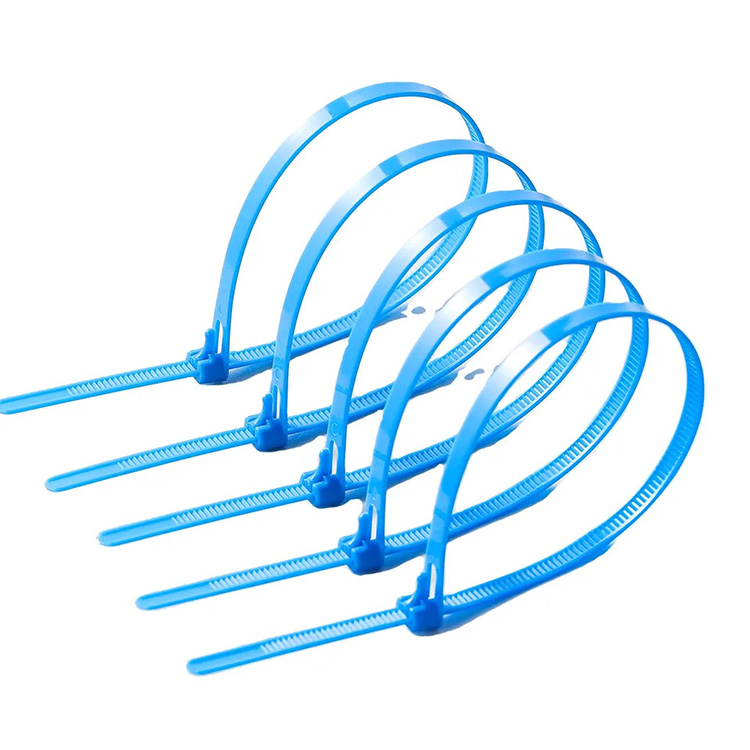Flat Hole Nylon Cable Gland
A China YAGE flat hole nylon cable gland is a device used to securely seal and protect cables or wires as they pass through a flat or rectangular panel or enclosure. It is commonly used in electrical, electronic, and industrial applications where cable management and protection are essential.
Send Inquiry
A YAGE flat hole nylon cable gland, also known as a flat cable gland or flat cable connector, is a type of cable management device used to secure and protect flat or ribbon cables. It is designed to provide strain relief, prevent cable damage, and maintain a tight seal around the cables when passing through a flat surface or panel.
Here are some key features and uses of YAGE flat hole nylon cable glands:
Design: Flat hole nylon cable glands are typically made from durable nylon or plastic material. They consist of a main body with a flat base and a threaded hole for securing the gland to the panel or enclosure. The gland also features a tapered or conical shape with a series of ridges or grooves to accommodate cables or wires of different sizes.
Cable Management and Protection: The primary purpose of a flat hole cable gland is to provide cable management and protection. It ensures that cables are properly routed and secured, preventing them from being exposed to environmental hazards such as moisture, dust, or vibrations.
Sealing and Waterproofing: Cable glands often feature a sealing mechanism, such as rubber or neoprene gaskets, to create a tight seal around the cables and the panel or enclosure. This helps to maintain the integrity of the seal and provide waterproof or dustproof protection.
Versatility and Adaptability: Flat hole cable glands come in various sizes and configurations to accommodate different numbers and sizes of cables. They often have adjustable or removable seals to accommodate cables of different diameters, allowing for flexibility and adaptability in cable management.
Easy Installation: These cable glands typically have a threaded design, allowing them to be easily installed by screwing them into a threaded hole on the panel or enclosure. Some cable glands may also feature a locknut or a compression mechanism for additional security and stability.
Overall, flat hole nylon cable glands are an effective solution for organizing, protecting, and sealing cables in flat or rectangular panels or enclosures. They offer a secure and reliable method for cable management, ensuring the longevity and proper functioning of electrical or electronic systems.
